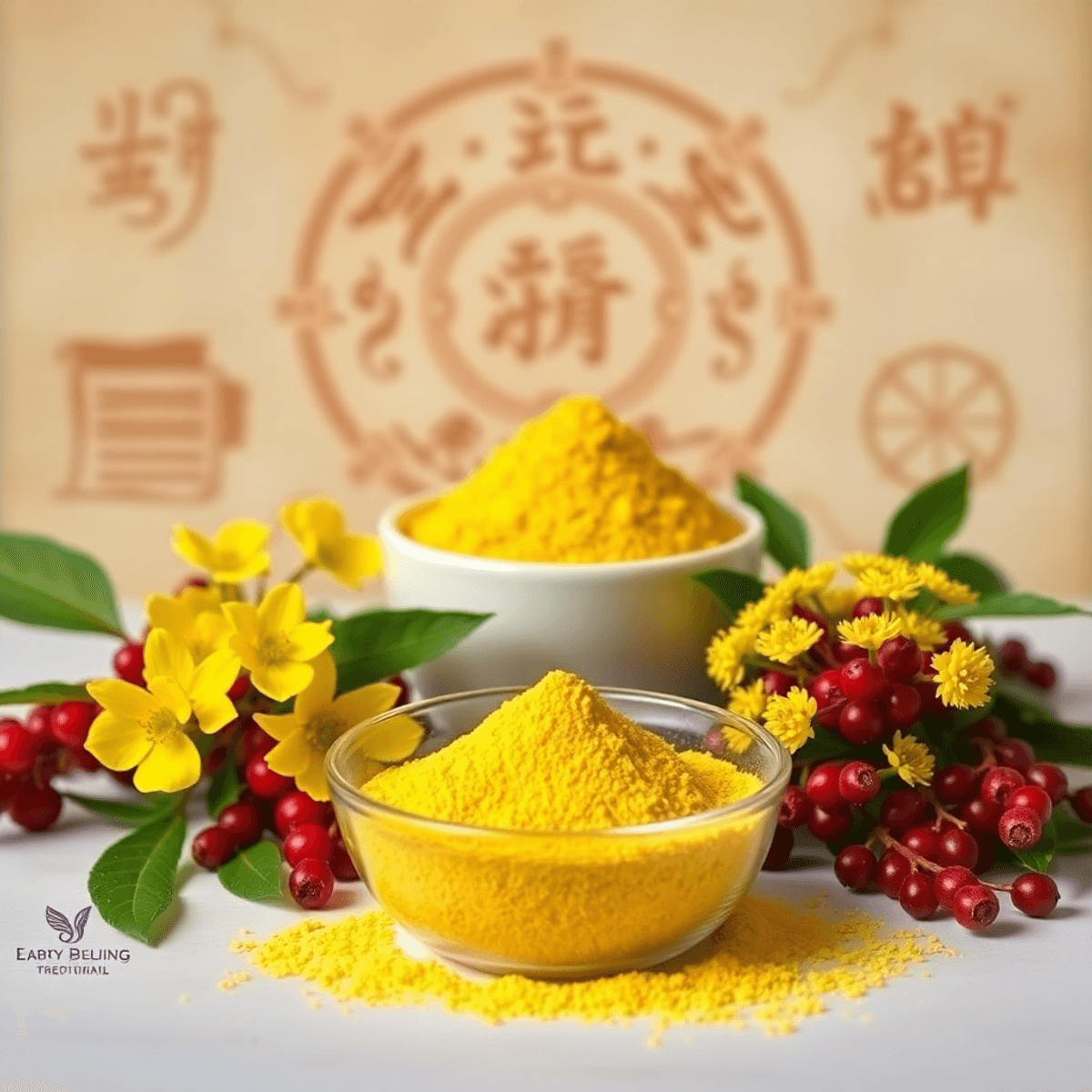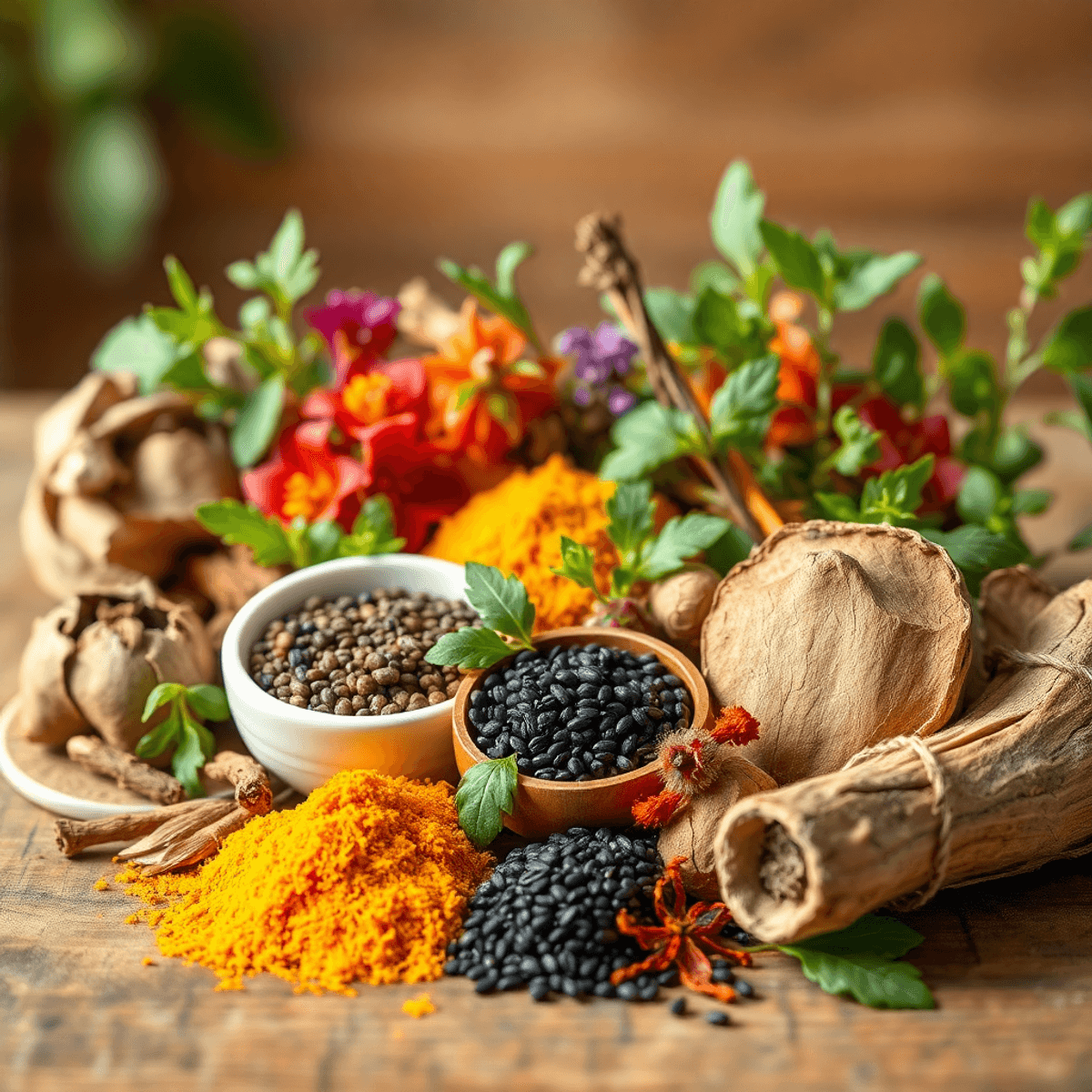Did You Know Arnica Montana Can Help Relieve Pain?

Introduction
Arnica Montana, a perennial herb native to Europe and Siberia, has been cherished for centuries for its potential in natural healing. Known for its bright yellow-orange, daisy-like flowers, arnica is a key ingredient in herbal remedies used for pain relief. Its history dates back to the 1500s when it was employed in traditional medicine to alleviate muscle aches, inflammation, and bruising.
As people look for alternatives to traditional medications, exploring natural ways to relieve pain is becoming more important. Many pharmaceuticals come with side effects, which is why there's a growing interest in herbal remedies like Arnica Montana. Natural solutions usually have fewer side effects and can be gentler options for those seeking relief from chronic pain or discomfort caused by injuries.
This article explores how Arnica Montana helps relieve pain by looking at its benefits and uses in managing pain. We'll focus on its anti-inflammatory properties and how it compares to common treatments such as nonsteroidal anti-inflammatory drugs (NSAIDs). Our goal is to provide valuable insights into the potential of arnica as an alternative treatment. Whether you're considering arnica for arthritis or sprains, understanding its uses and limitations is essential for making informed decisions about your health.
Understanding Arnica Montana
Arnica Montana is a plant belonging to the Asteraceae family. It is known for its bright yellow-orange flowers that look like daisies. This perennial herb is native to Europe and Siberia, where it grows in mountainous areas, earning it the nickname "mountain arnica." With its vibrant blooms and unique aromatic leaves, Arnica Montana is easily recognizable.
Historical Use of Arnica
Since the 1500s, arnica has been widely used in traditional medicine. It was commonly employed to treat muscle pain, reduce inflammation, and heal bruises. Its natural healing properties have made it popular for centuries, with herbalists and healers throughout Europe utilizing its benefits.
How Arnica Works
The effectiveness of arnica can be attributed to its active compounds. One of the key components is helenalin, which is known for its strong anti-inflammatory effects. When applied directly to the skin, this compound helps decrease swelling and discomfort. Other bioactive substances in arnica also contribute to its pain-relieving qualities, making it a valuable option for managing various types of pain.
Forms of Arnica
While arnica is commonly used externally as a topical treatment, it is also available in arnica tablets and arnica homeopathic medicine forms. These alternative preparations are typically taken orally for systemic effects but should be used cautiously due to potential side effects from ingestion. The different ways in which arnica can be administered highlight its continued importance in both traditional and contemporary medicinal practices.
How Arnica Helps Relieve Pain
Mechanism of Action for Pain Relief
Arnica Montana offers pain relief primarily through topical application. This process involves the direct absorption of its bioactive compounds into the skin, targeting inflammation and pain at the site of application. The key compound, helenalin, plays a crucial role by inhibiting the activation of nuclear factor-kappa B (NF-kB), a protein complex involved in inflammatory responses. This inhibition decreases the production of pro-inflammatory cytokines, effectively reducing inflammation and alleviating pain.
Anti-Inflammatory Properties
The anti-inflammatory properties of arnica make it particularly effective in treating conditions like arthritis and sprains. By reducing inflammation, arnica not only diminishes pain but also aids in improving mobility in affected joints or muscles. Its effectiveness is often compared to that of nonsteroidal anti-inflammatory drugs (NSAIDs) such as ibuprofen, providing a natural alternative for those seeking relief from muscle and joint pain without relying on synthetic medications.
For those looking for such natural alternatives, products like the Original Pain Cream could be beneficial. This cream, family-made in Italy with 95% natural ingredients sourced from the EU, is designed to relieve back, joint and muscle pain while reducing inflammation.
Clinical Evidence Supporting Arnica’s Effectiveness
Studies on Arnica vs. NSAIDs
Research has consistently demonstrated arnica's efficacy in managing pain. Clinical trials have shown that arnica gel can offer comparable results to NSAIDs when used for treating osteoarthritis-related symptoms. Participants in these studies reported significant reductions in pain and improvements in joint function after applying arnica gel regularly.
Research Findings on Osteoarthritis and Post-operative Pain Management
Numerous studies focus on the use of arnica for osteoarthritis and post-operative recovery:
- Osteoarthritis: In trials focusing on knee osteoarthritis, patients using arnica gel experienced similar levels of pain reduction as those using ibuprofen gel. These findings highlight arnica's potential as a viable alternative treatment.
- Post-operative Pain: Arnica has also been studied for its effectiveness in managing post-surgical swelling and bruising. Patients who applied arnica products following surgery reported less discomfort and faster recovery times compared to those who did not.
The growing body of research underscores arnica's potential role in pain management, offering an effective natural remedy with fewer side effects than traditional medications. This makes it an attractive option for individuals seeking holistic approaches to manage muscle pain, joint pain, and inflammation-related conditions.
Forms of Arnica Preparations You Can Use for Pain Relief
Arnica Montana is available in several forms, providing flexibility for those seeking natural pain relief. Topical applications of arnica are among the most popular and accessible options. These include:
- Creams: Easily absorbed and suitable for large area application.
- Gels: Quick-drying formula, often preferred for oily skin types.
- Ointments: Provide a barrier on the skin, ideal for long-lasting effects.
Each form offers its unique benefits, depending on your specific needs and preferences.
Homeopathic medicine presents another avenue through which arnica is utilized. Homeopathic preparations, such as arnica tablets for bruising, involve highly diluted doses intended to promote healing from within. While some users report positive experiences with these remedies, others question their efficacy due to the dilution process.
When considering safety and effectiveness, topical applications of arnica are generally viewed as more reliable. They provide localised pain relief with minimal side effects when used correctly. In contrast, oral consumption of arnica in non-homeopathic forms poses significant health risks and should be avoided.
Understanding the diverse preparations of arnica empowers you to make informed choices about incorporating this natural remedy into your pain management routine.
Benefits and Risks Associated With Using Arnica Montana for Pain Relief
Benefits of Arnica Montana:
1. Ease of Use for Localised Pain Relief
Arnica montana offers a straightforward application process for targeting specific areas of pain. Creams, gels, and ointments can be directly applied to the affected area, providing relief without systemic side effects.
2. Reduction in Bruising and Swelling
The anti-inflammatory properties of arnica are particularly effective in minimising bruising and swelling. This makes it a popular choice post-injury or surgery to accelerate recovery.
3. Comparison with Other Herbal Medications
Compared to other herbal remedies, arnica is often praised for its quick action and versatility. While herbs like turmeric require ingestion and longer periods for noticeable effects, arnica's topical application ensures faster results.
Potential Side Effects:
1. Oral Consumption Risks
Ingesting arnica can lead to severe side effects such as organ damage. Only highly diluted homeopathic forms are considered safe for oral use.
2. Topical Application Cautions
While generally safe when used externally, applying arnica on broken skin can cause irritation or allergic reactions. Users should perform a patch test before widespread application.
3. Contraindications
Individuals allergic to plants in the Asteraceae family should avoid using arnica. Pregnant or breastfeeding women are also advised against its use due to insufficient safety data.
Balancing these benefits with potential risks is crucial when considering arnica montana for pain management.
How to Use Arnica Safely?
When considering how to use arnica safely, it is crucial to follow specific guidelines and take necessary precautions. Understanding the correct application method can maximize its benefits while minimising any potential risks.
Guidelines for Safe Application
- Topical Use Only: Arnica is generally safe when applied externally as creams, gels, or ointments. Avoid using it on broken skin or open wounds.
- Patch Test: Before widespread application, conduct a patch test to check for any allergic reactions.
- Dosage Recommendations: For homeopathic forms, such as pellets or tablets, adhere strictly to the dosage instructions provided by the manufacturer.
Precautions for Use
- Consultation with Healthcare Providers: If you are taking other medications, particularly blood thinners, consult your doctor to avoid possible interactions.
- Avoid Oral Consumption: Except in highly diluted homeopathic preparations, avoid ingesting arnica due to potential severe side effects.
Interaction Warnings
Using arnica while on certain medications may lead to adverse effects. Blood thinners can interact with arnica, potentially increasing the risk of bleeding. Always inform your healthcare provider about any herbal supplements you are using.
By adhering to these safety measures and understanding how Arnica Montana helps in relieving pain, you can effectively incorporate this natural remedy into your pain management routine without unnecessary risks.
Exploring Alternatives to Traditional Pain Medications: The Growing Interest in Herbal Remedies for Pain Management
As more individuals are looking for alternatives to traditional pain medications, the appeal of herbal remedies is growing. Arnica Montana stands out as a noteworthy option due to its natural composition and targeted benefits.
Comparison with Conventional Treatments:
1. Effectiveness:
Arnica's ability to alleviate muscle aches and inflammation is often compared to nonsteroidal anti-inflammatory drugs (NSAIDs) like ibuprofen. Studies suggest that arnica gel can be equally effective in reducing pain and improving function, particularly in conditions such as osteoarthritis.
2. Side Effects:
Unlike many conventional medications that may cause gastrointestinal issues or other side effects, topical arnica typically presents fewer risks when used correctly.
Holistic Health Approach:
Arnica's role in pain management fits well within a holistic health framework. It encourages a balanced view of health by focusing on natural healing methods. This approach not only addresses symptoms but also considers overall well-being, potentially leading to sustainable long-term health benefits.
As interest in herbal remedies for pain management continues to rise, incorporating arnica alongside other complementary therapies could provide a comprehensive strategy for those seeking natural solutions.
Conclusion
Exploring the benefits and potential risks of Arnica Montana is crucial in chronic pain management. This natural remedy offers a promising path for those seeking alternative methods to alleviate discomfort. However, responsible use is essential.
Consulting healthcare professionals ensures a safe and effective approach, particularly when integrating arnica with other treatments. Understanding how Arnica Montana helps the process of relieving pain through its anti-inflammatory properties can empower informed decisions. Prioritising safety by being aware of contraindications and potential interactions aids in maximising its therapeutic potential while minimising risks.










